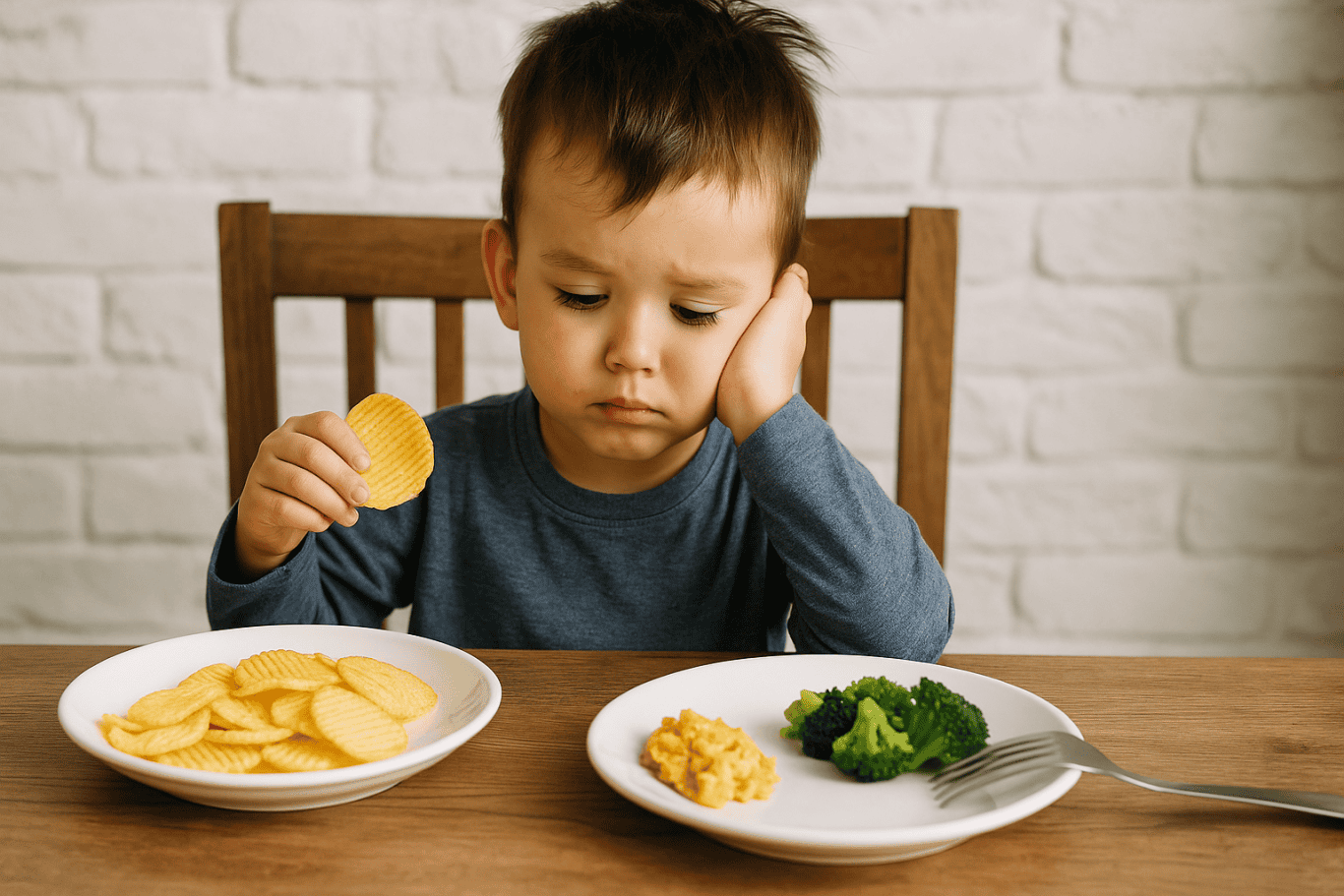5 Top Causes of Stunting in Children and How to Prevent It
Causes of stunting in children remains one of the most serious public health challenges globally. This condition not only affects a child’s height, making them shorter than their peers, but it also impacts brain development and long-term cognitive ability.
To prevent this condition early, it is essential for parents and caregivers to understand the main causes of stunting in children and how to effectively address them. In this article, we will explore five key causes of stunting in children along with practical solutions that can support optimal growth and development.
1. Poor Nutritional Intake During Pregnancy

One of the leading causes of stunting in children is inadequate nutrition during pregnancy. When a pregnant mother does not consume a well-balanced diet, there is a higher risk of giving birth to babies with low birth weight, which is an early factor that can lead to stunting.
A fetus depends entirely on the nutrients the mother consumes. A lack of important micronutrients such as iron, folic acid, and calcium can hinder fetal growth. It is therefore crucial for expectant mothers to maintain regular check-ups and follow a nutritious, balanced diet from the beginning of pregnancy.
2. Inadequate Exclusive Breastfeeding

Another common cause of stunting in children is the lack of exclusive breastfeeding during the first six months of life. Breast milk contains all the essential nutrients a baby needs, including antibodies that protect against infection.
Babies who do not receive exclusive breastfeeding or who are introduced to complementary food too early are at higher risk of nutrient deficiencies that may affect growth. After six months, it is recommended to introduce complementary foods that are age-appropriate and nutrient-dense, while continuing to breastfeed.
3. Unbalanced Diet During Toddler Years

After the breastfeeding stage, children need a daily intake of nutritious foods to support their growth. A frequent cause of stunting in children is an unbalanced diet that relies heavily on carbohydrates but lacks adequate protein, vitamins, and minerals.
Children’s meals should include diverse food groups such as animal and plant-based proteins, vegetables, fruits, and energy sources like rice or tubers. Serving colorful and varied meals is a simple way to ensure that children receive the nutrients they need to grow optimally.
4. Frequent Infections and Poor Sanitation

Repeated infections such as diarrhea, respiratory illness, and worm infestations are also major contributors to stunting in children. When a child is frequently ill, their body uses energy to fight off infections rather than to grow. This reduces nutrient absorption and may gradually impair development.
Poor sanitation, unsafe drinking water, and lack of access to clean toilets increase the risk of infectious diseases. Families should ensure a clean living environment and teach children good hygiene habits, such as washing hands with soap before meals and after using the toilet.
5. Limited Parental Knowledge of Nutrition and Development

A lack of awareness about nutrition and child development among parents is an indirect but significant factor contributing to stunting in children. Many caregivers are unaware of how to track their child’s growth or recognize early signs of nutritional deficiencies.
Visiting local health centers, participating in parenting classes, or accessing online consultations with nutritionists can help improve parents’ knowledge. With the right information, parents can take preventive steps early and ensure their child grows up healthy and strong.
How to Effectively Prevent Stunting in Children
Stunting does not happen overnight. It is often the result of multiple contributing factors from pregnancy through the first two years of life. This period, known as the first 1,000 days of life, is critical for building a child’s foundation for long-term health and development.
Some effective steps parents can take include:
- Eating a balanced diet during pregnancy
- Exclusively breastfeeding for the first six months
- Introducing nutritious complementary foods from six months onward
- Practicing good hygiene and maintaining clean living conditions
- Regularly monitoring child growth with healthcare professionals
Public education on proper nutrition and sanitation must also be expanded so that every child has an equal chance to grow and thrive.
Healthy Body, Healthy Brain, and Digital Skills Too

Ingin tahu detail program?
Understanding the causes of stunting in children is the first step in making informed decisions about their well-being. Alongside proper nutrition and health care, it is also beneficial to introduce children to future-ready skills such as coding.
Timedoor Academy offers fun, interactive online coding classes tailored for kids. These classes help develop logical thinking and creativity in a child-friendly environment. Try a free trial class now at Timedoor Academy!